The pandemic has accelerated digital transformation and, in the same wake, increased the importance of analytics tools in the hospitality industry. Numerous competitors and influencers make it almost impossible to create a valid manual revenue forecast. Sales are becoming increasingly volatile. More than ever, restaurants need to be able to access their data.
Status Quo – Gut Feelings
In hundreds of years, not much has changed in forecasting techniques for many restaurant operations. There is still a primary reliance on gut instinct.
Operational decisions such as purchasing quantity, shift scheduling and production are often based nut on last week’s demand or rigid 4-week averages. The actual demand is seldom reached, so that either personnel is missing or too much is planned. Also, costs are incurred for the production of surplus food, food waste is generated or ingredients are missing, resulting in less sales.
Since labor costs are the biggest cost driver, the key to more profitable business management lies in reliable forecasts of required labor.
How does the Prognolite Forecast work?
Since 2016, Prognolite has been working with renowned universities to improve forecasting algorithms and combine them with a user-friendly software interface to ensure that frontline staff are able to reduce and improve the planning effort in their day-to-day operations.
Through market observation, our own restaurant experience and constant exchange with partners and customers, we have been able to identify the variables that have the greatest influence on forecasts as factors.
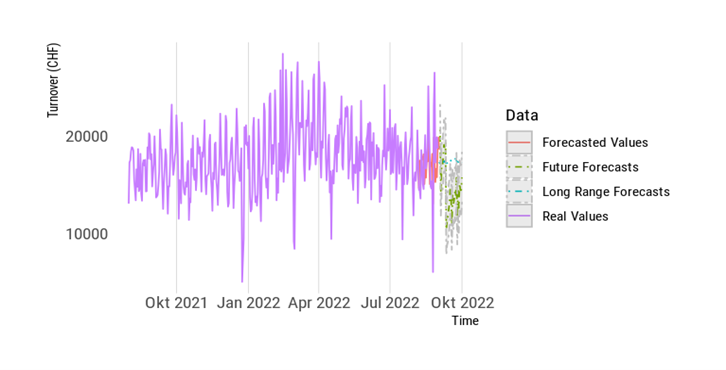
Customer traffic can vary depending on weather conditions, time of year, day of the week or promotions, etc. In our research, we have identified at least 70 different categories that significantly improve the forecast.
Why a manual forecast is difficult
- Incorporating large amounts of historical data.
To obtain a valid forecast, calculations should be based on at least two years of data. The lack of relevant data from the past can lead to significant errors. A large historical dataset is now especially important to make predictions for the returned normal state after COVID-19, since data during the pandemic cannot be accounted for. - Inclusion of external factors
External factors typically need to be brought together from a variety of sources and put into perspective. With the considerable amount of data available today, this is enormously time-consuming and virtually impossible to do manually. Thus, potentially influential factors are often not taken into account in the manual forecast.
Which factors play a role? - Weather: temperature, amount of precipitation, amount of snowfall, duration of sunshine. Weather extremes can have a strong impact, longer sunny days can lead to increased demand.
- Events: major events, but also the weekly market around the corner, or blockbusters in the cinema next door
- Holidays: public, school and religious holidays. If the restaurant is in a business district, demand could drop on a holiday
- Reservations: Hotel room and table reservations are different from walk-in customers in that they can be calculated with certainty, and thus can have a significant impact on the number of menus needed and staffing

- Traffic data: Data on traffic congestion and public transportation. Planned road closures can result in fewer customers coming in
- Demographic data: Customer age or gender can be useful for predictions on a time-of-day basis
- Promotions: Promotions such as menu combos or coupons can lead to increased foot traffic
- Footfall / Pedestrian Data: Pedestrian data is collected via Wifi or Bluetooth and provides information on how busy an establishment is, e.g. a pedestrian zone
- Location: restaurants on streets and in shopping centers may have different demand profiles
- Review portals & social media: these can have a positive or negative impact on demand. Reviews from guests should always be kept in mind
- Competition: competing offers or the number of restaurants in the area have an impact on demand. Especially new openings in the area show up clearly in the past values
The more of this information is included in the forecast, the more accurate the forecast will be. A manual forecast is simply no longer possible at this level, as too many data sources would have to be taken into account or the experienced employee would leave the company too quickly.
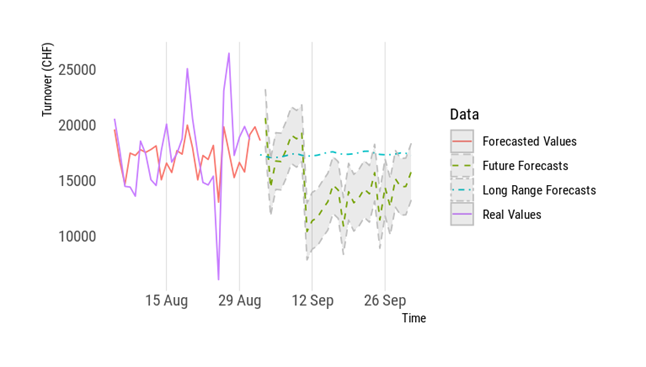
Prognolite today can use the past values of the POS system as well as various weather information that comes from virtual weather stations. In addition, data from various sensors attached to satellites as well as vacations, public holidays and reservations are taken into account. The use of specific events for forecasting is already under development. Any data base that companies use today is based on past information. However, thanks to our approach and with your help, we are continuously developing more options to make the forecast even more accurate and thus increase the predictability in your company.
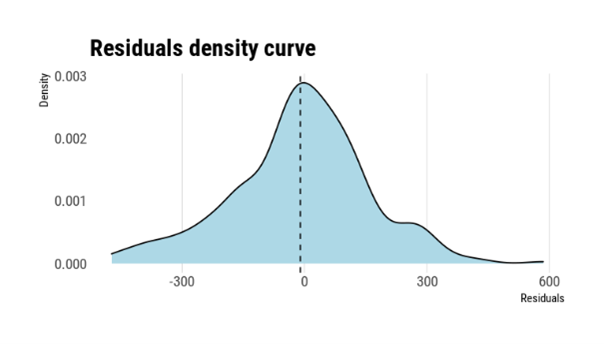
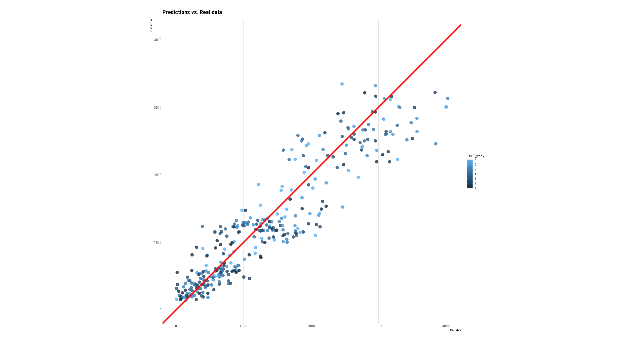
Contact us and we will show you how you can reduce your costs and increase your revenues with Prognolite.
info@prognolite.ch
Find out more about Prognolite Gastro Consulting HERE
consultinggastroconsultinggastronomie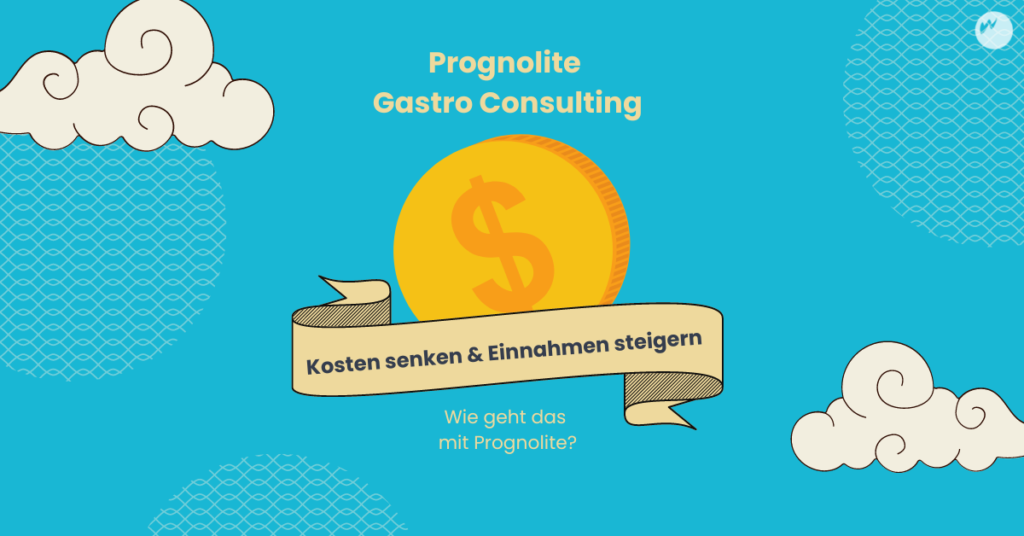
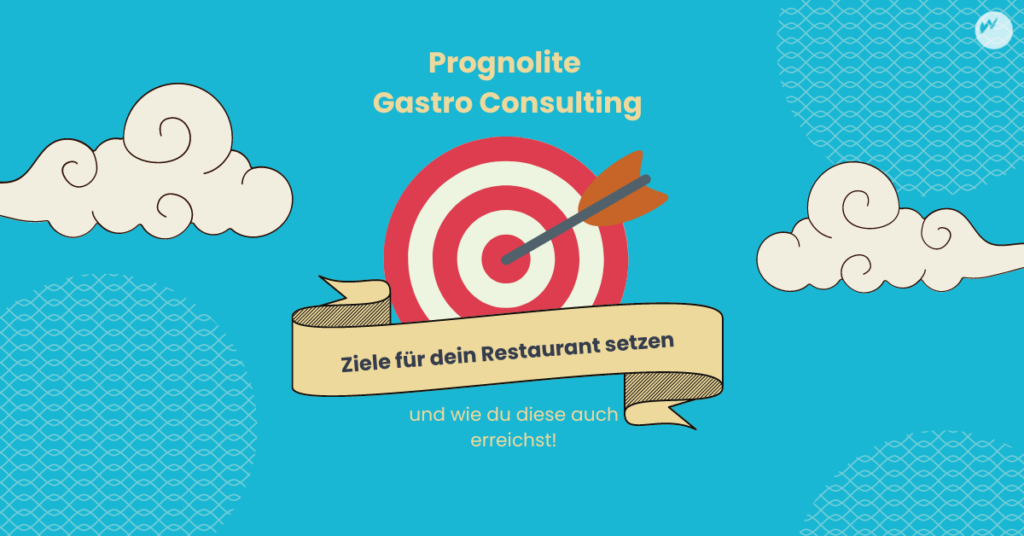
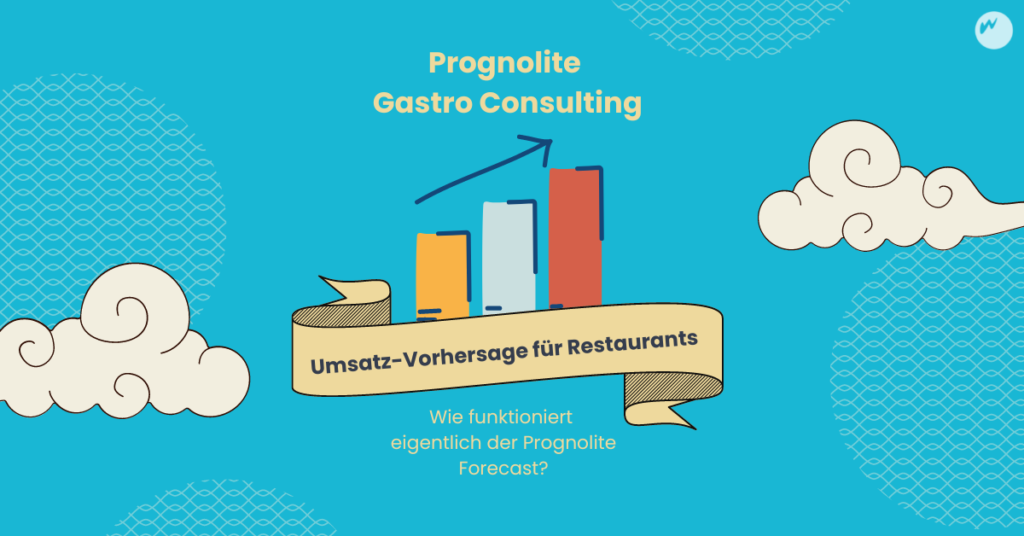
Leave a Reply